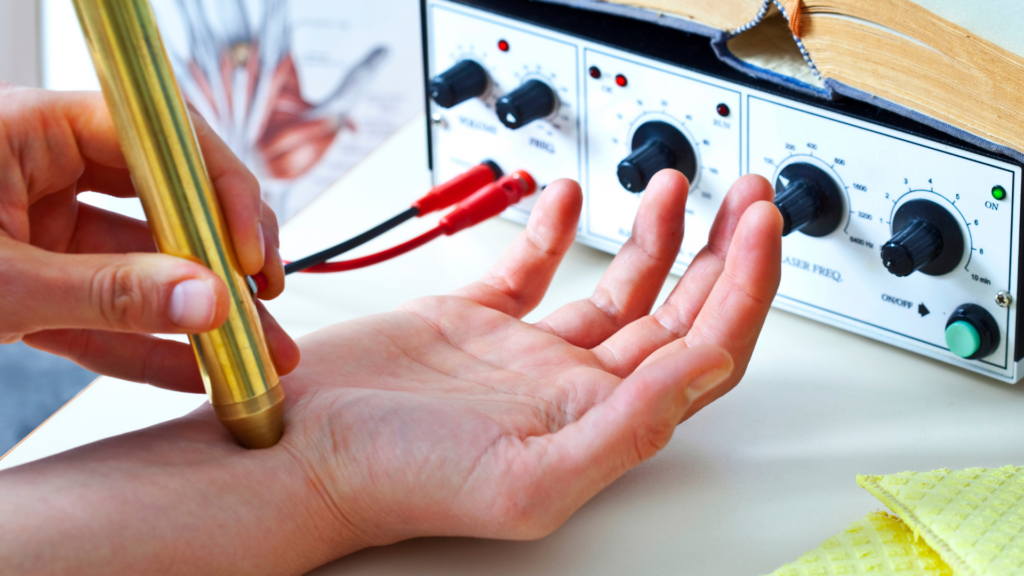Golfers & Tennis players in Bahamas benefit from Arthroscopy for...
Read More
How is carpal tunnel syndrome diagnosed?
Carpal Tunnel Syndrome is diagnosed through straightforward clinical tests and assessment of patient symptoms, with confirmation typically obtained via a nerve conduction study. This specialized







